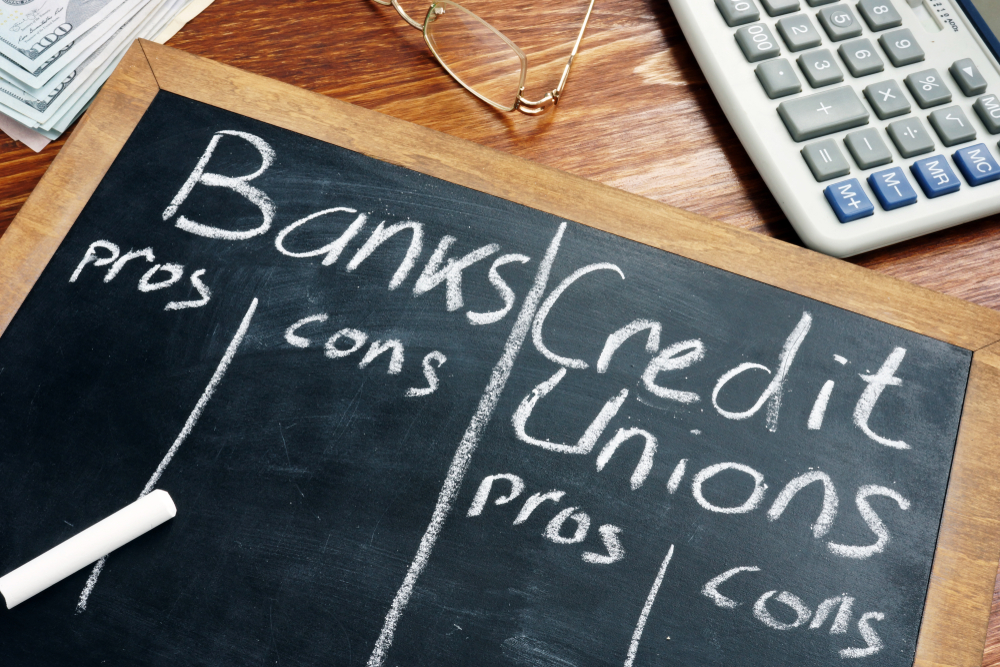
Living paycheck-to-paycheck may be perhaps one of the most exhausting lifestyles out there. An unforeseen emergency may put you in debt when there’s nothing left to use in the bank at the end of every month. This can lead to you not just living from one check to another, but now you’ve also got a credit card bill to pay for. [Read more…]





